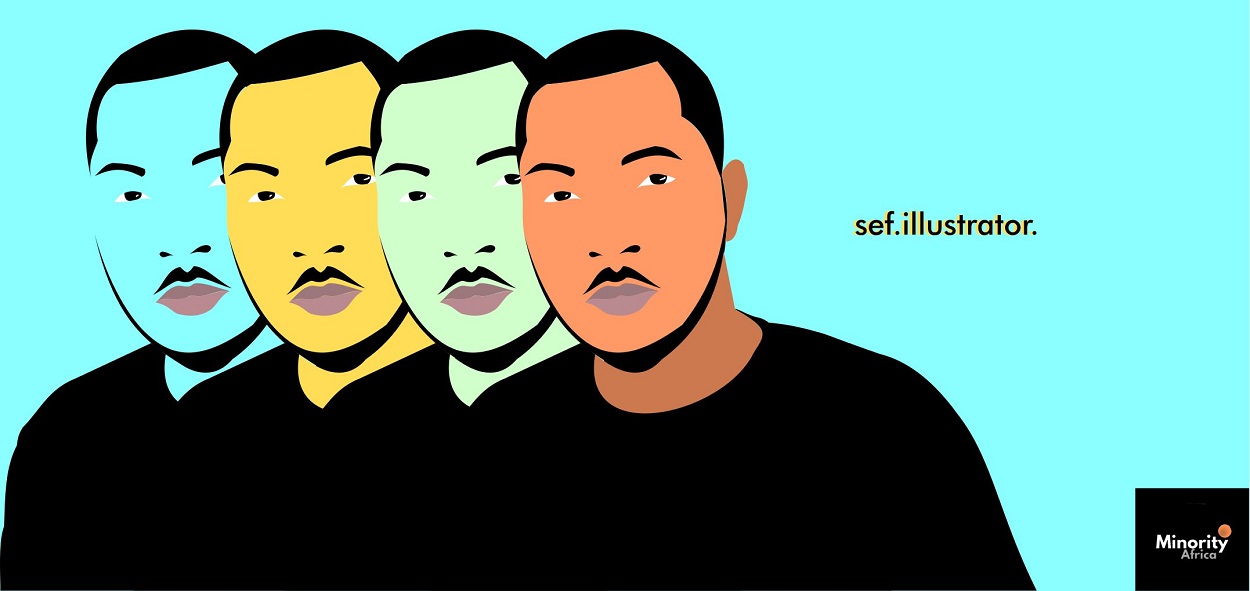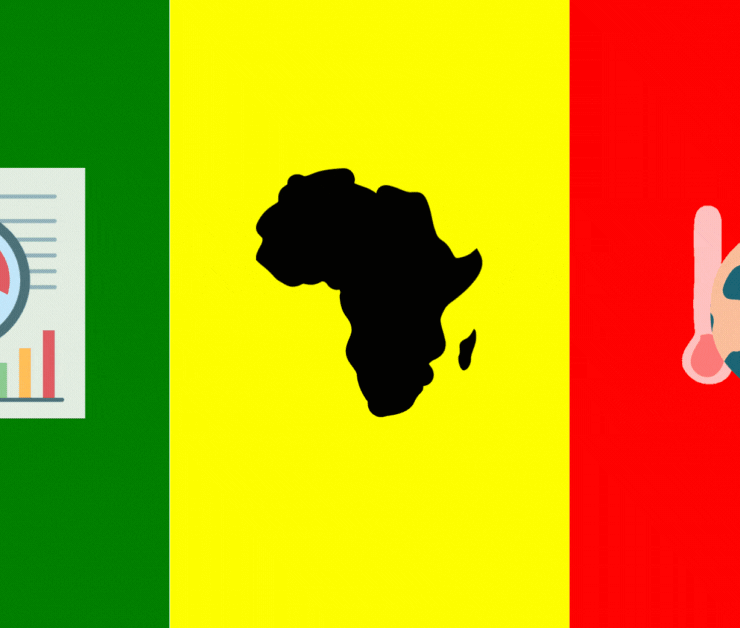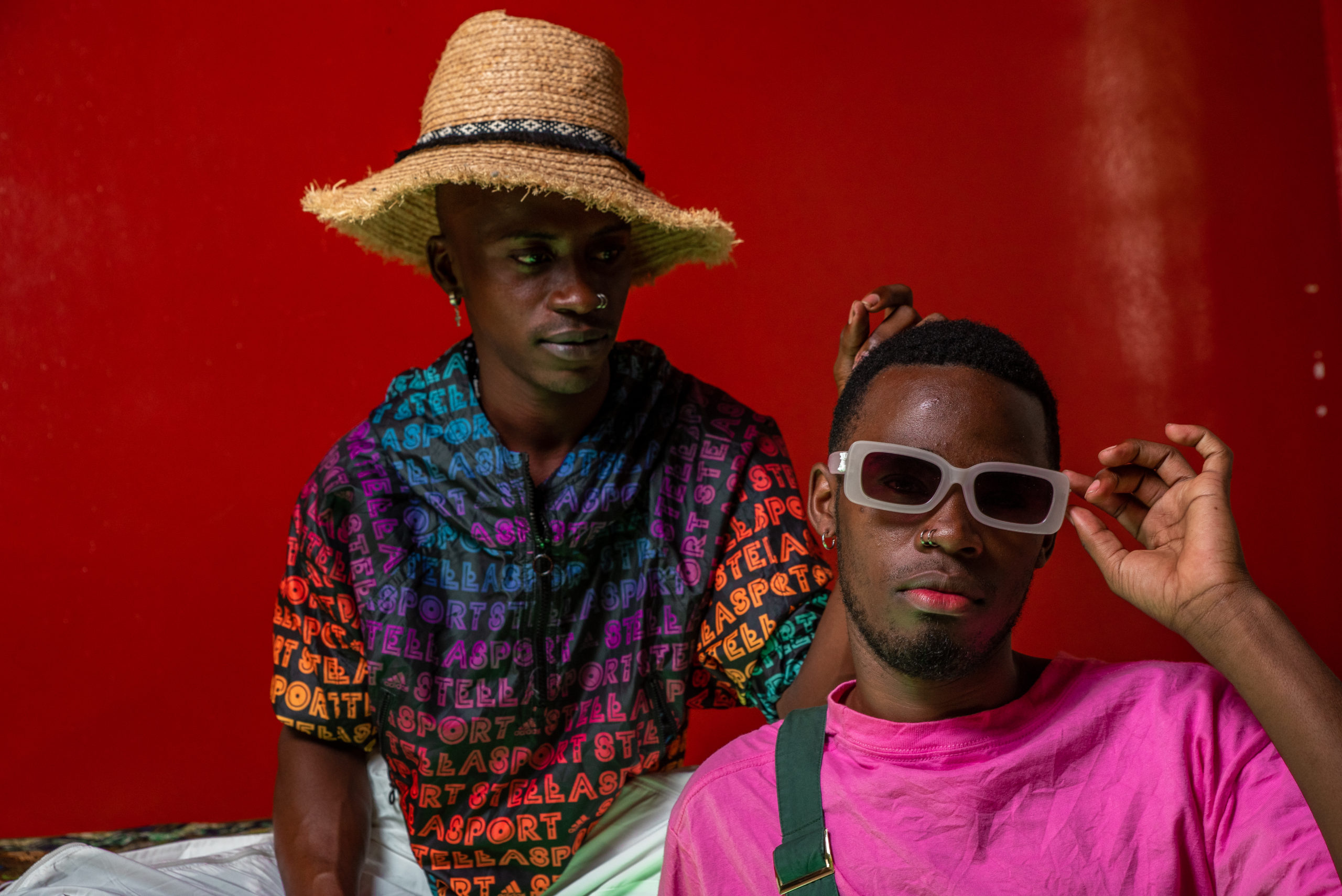African illustrations and their role in minority solutions storytelling
- If illustrations have a history of social commentary, how can they be condensed into a solutions journalism perspective?

There is a group that comes to mind when examining the inception of illustrations in Africa, these are the masquerade garment makers and designers who I believe to be the earliest African illustrators.
Not least because every masquerade carries undercurrents of meaning and significance. From the contours on its face to the ripple designs on the fabric, to its intricate dance steps and finally to its ritual, in all its ramifications, the African Masquerade is illustrating several stories at the same time.
Running with the premise that illustration is the art of summarizing and representing a story with an image, it becomes even more lucid how embedded it is into the very textile of African culture.
Like all things, culture began to change, and although illustrations were previously used to portray the lives of African kings and queens or to appease the ancestors through a festival, it soon metamorphosed into ‘Political Illustrations.’
These types of illustrations employed literary tools like sarcasm and humor and were drawn in an exaggerated art style known as a caricature. These styles of illustrations were commonplace in Nigerian newspapers and these artists were often referred to as Cartoonists.
Until the last decade, it was important for newspapers to have one or two Cartoonists. Here, there was less emphasis on style but more attention at the story and these illustrations employed a lot of dialogue that drove the story forward. In fact, the illustrations couldn’t stand without the dialogue – one significant difference to contemporary illustrations.
The role of the illustrations here was social commentary, partly due to the fact that it was housed in newspapers but mainly due to the political energy brewing in Africa in the 20th century that permeated its art, fashion, film, music, and education.

In contemporary times, illustration has assumed a sort of formlessness, being able to be politically charged yet entertaining at the same time, a return to individual styles, more westernized, a return to realism and a departure from caricature prevalent in the previous century.
They have also become ubiquitous, from Advertising to Manufacturing, Banking to Entertainment and Music. In this era, the role of illustration is so vast and diverse it cannot be pigeon-holed and though this is a god-like quality, it comes at a price like a homogeneity in styles, lack of true innovators, similar color palettes, inconsistency, and low-pay.
But how can this constantly evolving art aid minority storytelling? Having ingrained in their very nature a calling to social commentary, illustrations have a history of advocacy. Minority solutions storytelling is in itself a form of advocacy.
This might be a puzzling train of thought, especially since most people have understood solutions journalism as detailing interventions at the expense of advocacy and holding people accountable.
And so if illustrations have a history of social commentary, how can they be condensed into a solutions perspective?
A quote from David Bornstein who is one of the cofounders of the Solutions Journalism Network best answers this question.
Bornstein said, “Solutions journalism turns out to be a great accountability mechanism. You can hold people accountable for bad performance by showing cases in which someone else is doing better.”
Bornstein’s quote sums whatever point I might have made of illustrations and their role in minority storytelling. When we communicate the interventions of a marginalized group through art to the majority, we are advocating, but not by asking you to focus on the problem but by looking at what’s working and suggesting ways in which we can do better.
As an illustrator with Minority Africa, this then becomes topical for me. I know that the earliest illustrations were commenting, that they have been used through the years as a tool for accountability and I do not think this is a trait that has to be lost even as we delve into solutions journalism, or into minority storytelling.
Illustrations still do have to say something, still do remain a form of social commentary but what my role involves and what Minority Africa looks at is what this color palette is saying. What is this piece of art communicating and how best can I listen?
Sef Adeola is an Illustrator at Minority Africa. Read about our mission here.






